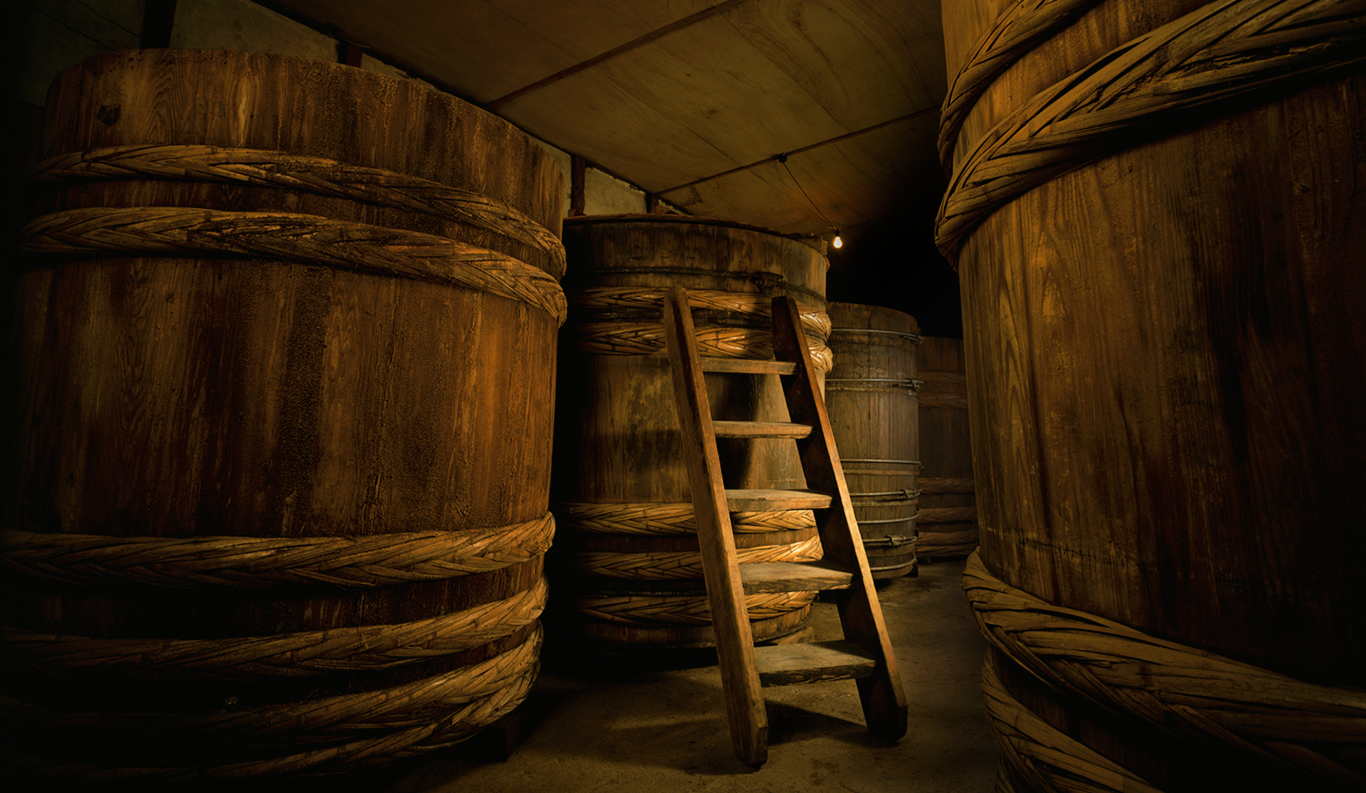The Year-Round Beauty of Matsumoto, NAGANO 4 Days 3Nights
- Day 1
- Tokyo – Matsumoto
Board a limited express train from Shinjuku, bound for Matsumoto, a 2-and-a-half-hour trip.
On arrival at Matsumoto station, transfer by private car to the city of Matsumoto for sightseeing.
*A free shuttle bus from Matsumoto station to Myojinkan ryokan is available at 15:15 and 16:30 every day. Please book in advance.
The city of Matsumoto is a picturesque castle town situated on a wide plain among the Japan Alps in Nagano Prefecture. There is a huge variety of things to experience in the Matsumoto area, in every season – in winter, there’s great skiing in the mountains nearby; in summer, the area draws hikers and other lovers of the outdoors from all over Japan; and all year round there are dozens of marvelous onsen hot springs to soak in. There are lots of great things to eat, too, including Matsumoto’s famous buckwheat noodles – well worth a try while you’re here.
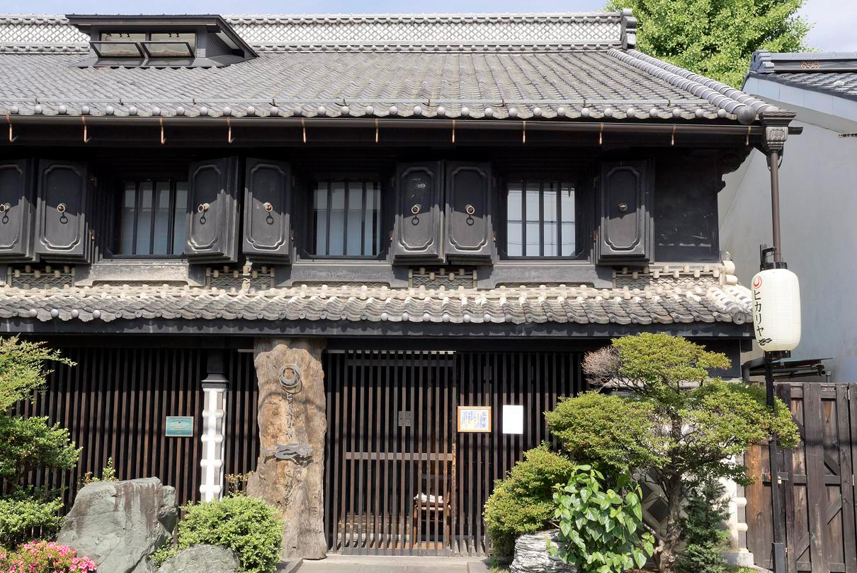
Lunch: We will stop at Hikariya, an elegant old kura (traditional warehouse) that has been beautifully restored and converted into a stylish pair of excellent restaurants: Higashi, serving an exquisite kaiseki menu, and Nishi, specializing in French cuisine.
After lunch, you can enjoy some sightseeing around Matsumoto.
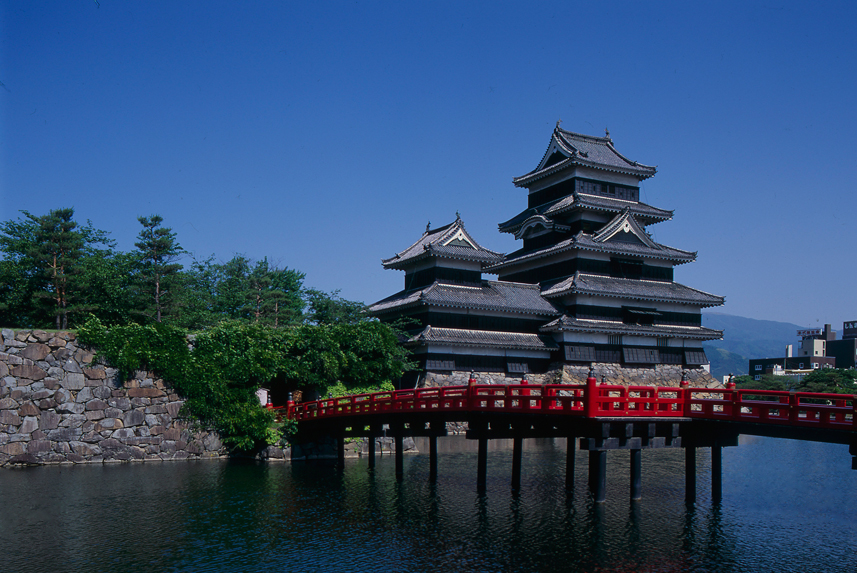
Matsumoto castle, a Japanese National Treasure, is one of the most beautiful and complete of Japan's original castles. It is also a good example of a hirajiro, or flatland castle built on a plain rather than on a hill or mountain. Matsumoto-jo's main keep was completed in 1598; the tower and smaller second turret were built from 1592 to 1614 and got plenty of use, as this was during the “Sengoku,” or “Warring States” period of turmoil in Japan’s history. Later, in 1635, when the conflicts had subsided, a turret for moon viewing, the Tsukimi Yagura, was added.
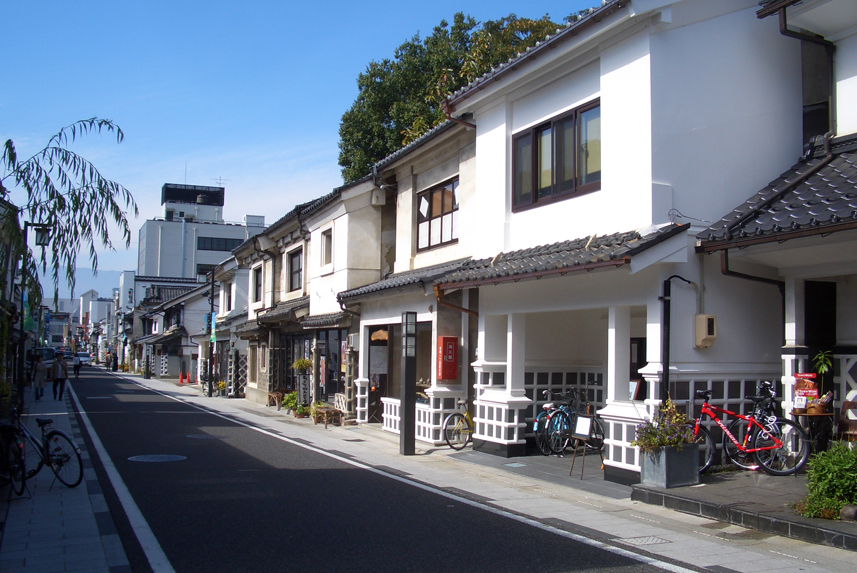
Nakamachi Street is often referred to as Old Street or Old House Street, because the buildings and houses along it have been restored to their original state. The result is a beautiful spot, with lovely little shops, cafes and bars.
Transfer to Myojinkan by private car.
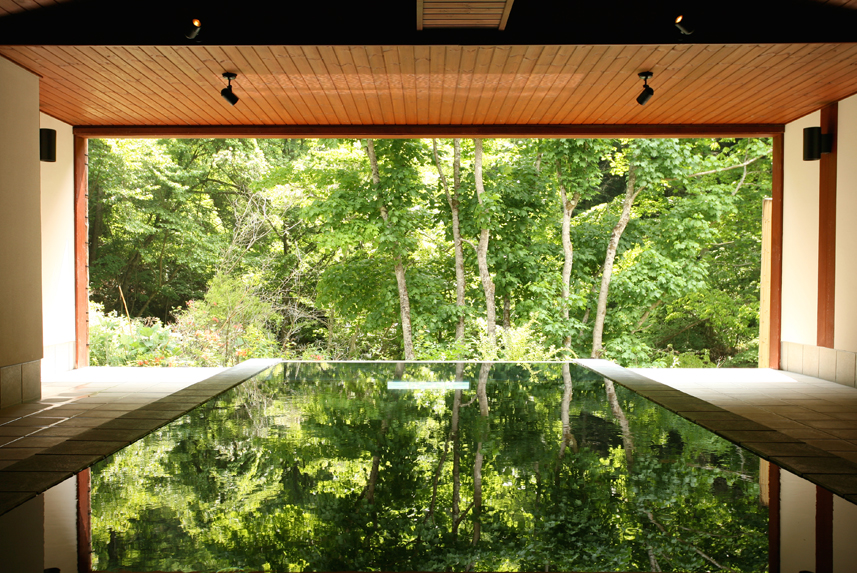
Check in at Myojinkan.
Nestled within a deep valley and surrounded by the mountains of Yatsugatake National Park is the beautiful Myojinkan ryokan. Established in 1931 as a small mountain inn, Myojinkan has emerged as one of Nagano Prefecture's premier resorts. As befits an inn surrounded by a national park, the staff of Myojinkan believe in a way of life that is in harmony with nature.
You can take some time to relax in your traditional Japanese tatami room with a private onsen hot spring bath.
You might also enjoy the ryokan’s four public onsen baths. Aesthetic treatments are also available.
On arrival at Matsumoto station, transfer by private car to the city of Matsumoto for sightseeing.
*A free shuttle bus from Matsumoto station to Myojinkan ryokan is available at 15:15 and 16:30 every day. Please book in advance.
The city of Matsumoto is a picturesque castle town situated on a wide plain among the Japan Alps in Nagano Prefecture. There is a huge variety of things to experience in the Matsumoto area, in every season – in winter, there’s great skiing in the mountains nearby; in summer, the area draws hikers and other lovers of the outdoors from all over Japan; and all year round there are dozens of marvelous onsen hot springs to soak in. There are lots of great things to eat, too, including Matsumoto’s famous buckwheat noodles – well worth a try while you’re here.

Lunch: We will stop at Hikariya, an elegant old kura (traditional warehouse) that has been beautifully restored and converted into a stylish pair of excellent restaurants: Higashi, serving an exquisite kaiseki menu, and Nishi, specializing in French cuisine.
After lunch, you can enjoy some sightseeing around Matsumoto.

Matsumoto castle, a Japanese National Treasure, is one of the most beautiful and complete of Japan's original castles. It is also a good example of a hirajiro, or flatland castle built on a plain rather than on a hill or mountain. Matsumoto-jo's main keep was completed in 1598; the tower and smaller second turret were built from 1592 to 1614 and got plenty of use, as this was during the “Sengoku,” or “Warring States” period of turmoil in Japan’s history. Later, in 1635, when the conflicts had subsided, a turret for moon viewing, the Tsukimi Yagura, was added.

Nakamachi Street is often referred to as Old Street or Old House Street, because the buildings and houses along it have been restored to their original state. The result is a beautiful spot, with lovely little shops, cafes and bars.
Transfer to Myojinkan by private car.

Check in at Myojinkan.
Nestled within a deep valley and surrounded by the mountains of Yatsugatake National Park is the beautiful Myojinkan ryokan. Established in 1931 as a small mountain inn, Myojinkan has emerged as one of Nagano Prefecture's premier resorts. As befits an inn surrounded by a national park, the staff of Myojinkan believe in a way of life that is in harmony with nature.
You can take some time to relax in your traditional Japanese tatami room with a private onsen hot spring bath.
You might also enjoy the ryokan’s four public onsen baths. Aesthetic treatments are also available.
- Day 2
- Matsumoto
You have several options for activities today.
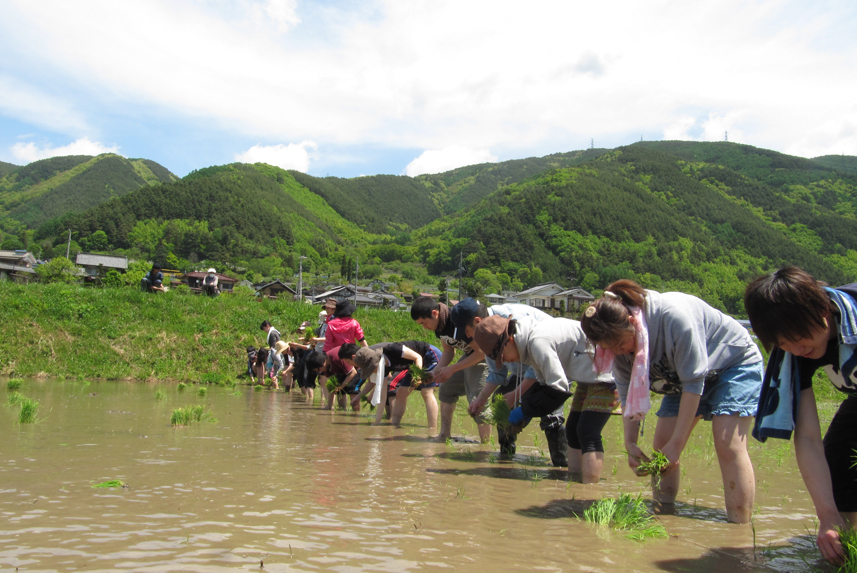
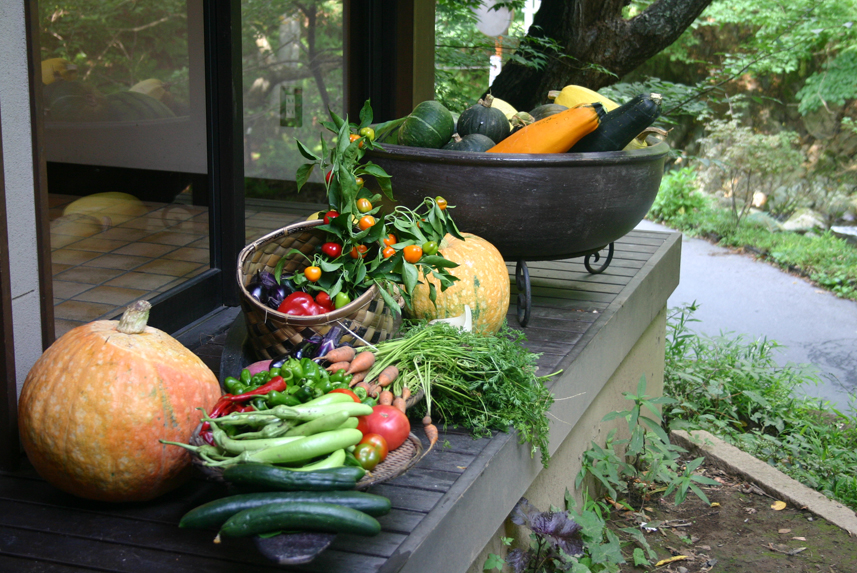
Option 1: Start your day with a farm experience. Myojinkan maintains its own organic farm near the ryokan grounds, where vegetables and rice are grown and harvested for use in its organic kitchen. Guests can pick fresh vegetables and then have them for dinner. After this you can relax amid the beautiful nature and fragrant fresh air, and enjoy a light lunch of onigiri rice balls, as Japanese farmers do when they take a rest from their toil.
*Not available in winter
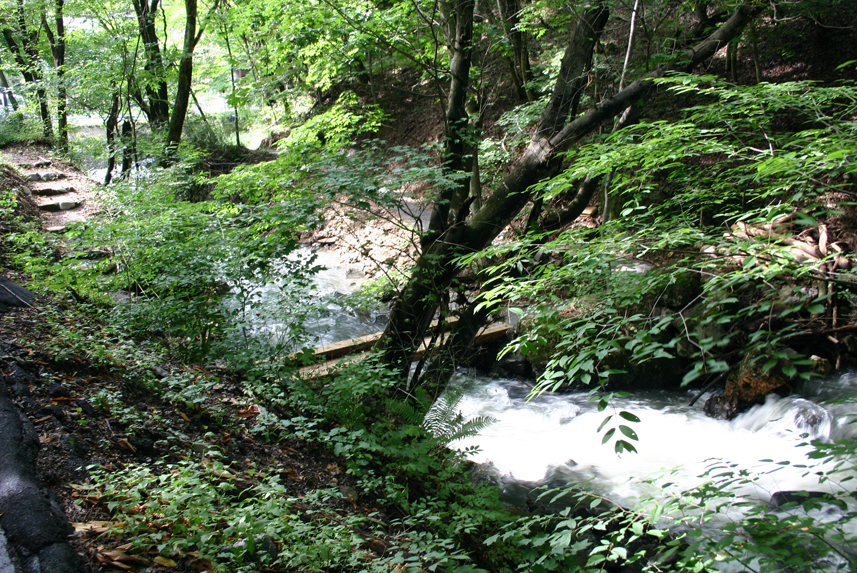
Option 2: You can try fishing. The deep mountain gorges around Myojinkan are home to cool forests and numerous mountain streams. With the sound of birds chirping and the babbling of brooks, this is a perfect place to enjoy a little fishing.
After the nature activity, you can visit either a miso factory, a Japanese sake brewery or a winery.
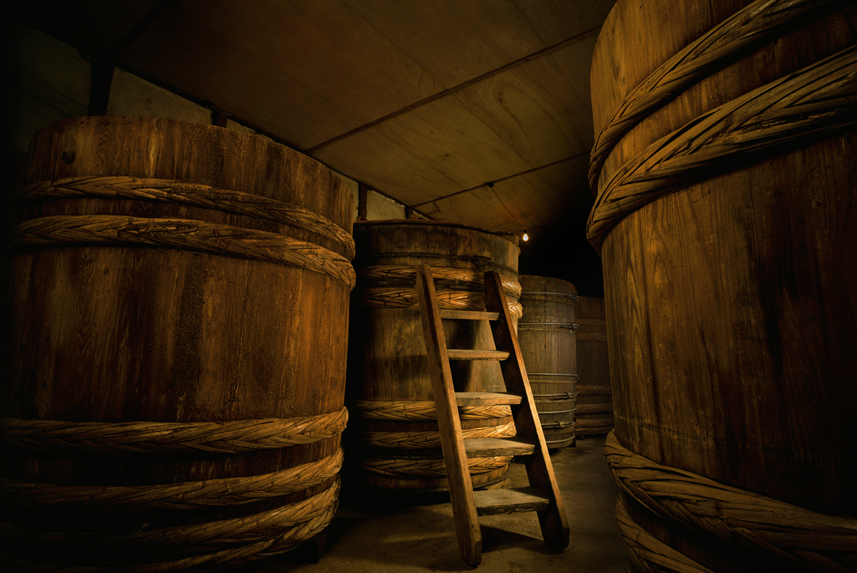
Ishii Miso: This miso factory has been in operation since 1868. Tours of the factory are available with a reservation in advance. After the tour, you can sample the factory’s wares, choosing from a number of miso dishes.
Kameta Sake Brewery: Set in a spectacular location amid the Japanese Alps, the sake breweries of Nagano Prefecture are in a perfect position to take advantage of the pure mountain water that flows naturally in the area.
Yamabe Winery: Grapes have been grown in the Matsumoto area, particularly the Yamabe district in the eastern part of the city, since the Meiji era in the late 19th century. The area boasts excellent conditions for grape cultivation and is acclaimed for its delicious grapes, as well as its delicious wines. The Shiga district in northern Matsumoto is renowned for its outstanding Merlot and Chardonnay wines.
Return to Myojinkan.


Option 1: Start your day with a farm experience. Myojinkan maintains its own organic farm near the ryokan grounds, where vegetables and rice are grown and harvested for use in its organic kitchen. Guests can pick fresh vegetables and then have them for dinner. After this you can relax amid the beautiful nature and fragrant fresh air, and enjoy a light lunch of onigiri rice balls, as Japanese farmers do when they take a rest from their toil.
*Not available in winter

Option 2: You can try fishing. The deep mountain gorges around Myojinkan are home to cool forests and numerous mountain streams. With the sound of birds chirping and the babbling of brooks, this is a perfect place to enjoy a little fishing.
After the nature activity, you can visit either a miso factory, a Japanese sake brewery or a winery.

Ishii Miso: This miso factory has been in operation since 1868. Tours of the factory are available with a reservation in advance. After the tour, you can sample the factory’s wares, choosing from a number of miso dishes.
Kameta Sake Brewery: Set in a spectacular location amid the Japanese Alps, the sake breweries of Nagano Prefecture are in a perfect position to take advantage of the pure mountain water that flows naturally in the area.
Yamabe Winery: Grapes have been grown in the Matsumoto area, particularly the Yamabe district in the eastern part of the city, since the Meiji era in the late 19th century. The area boasts excellent conditions for grape cultivation and is acclaimed for its delicious grapes, as well as its delicious wines. The Shiga district in northern Matsumoto is renowned for its outstanding Merlot and Chardonnay wines.
Return to Myojinkan.
- Day 3
- Day Trips Around Matsumoto
You have several options today:
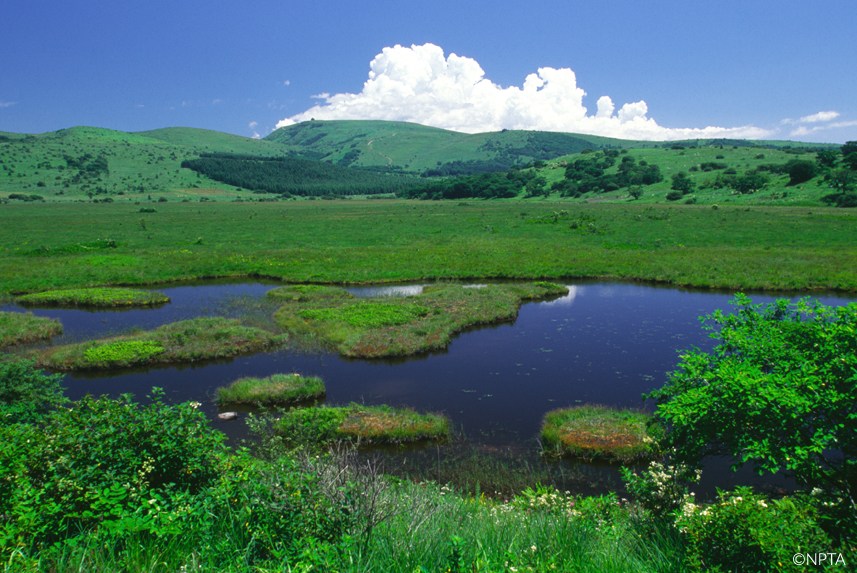
Option 1: Go nature trekking in Yashimagahara Marsh. This marsh, 1,630 meters above sea level, dates back some 12,000 years. With some 360 kinds of flowers and plants, it is considered one of the most beautiful highland marshes in the world. You can admire its natural beauty at any time of year.
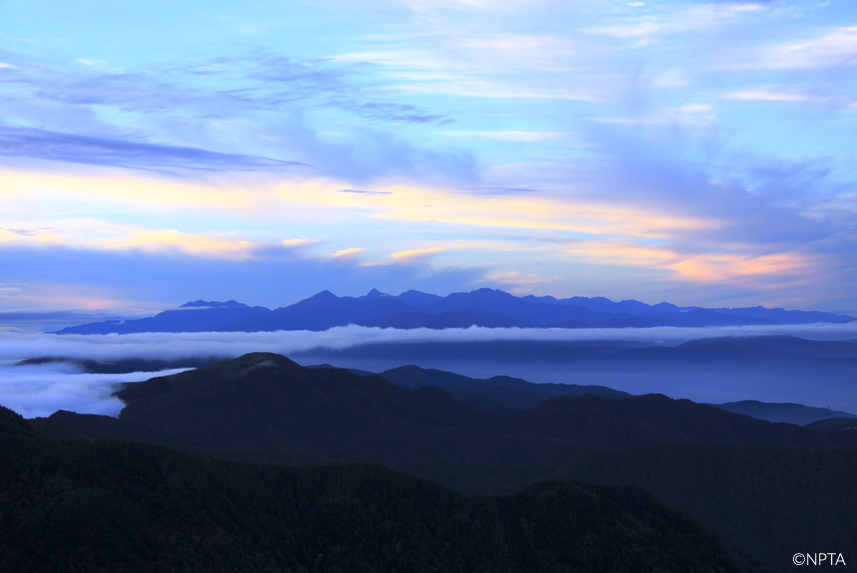
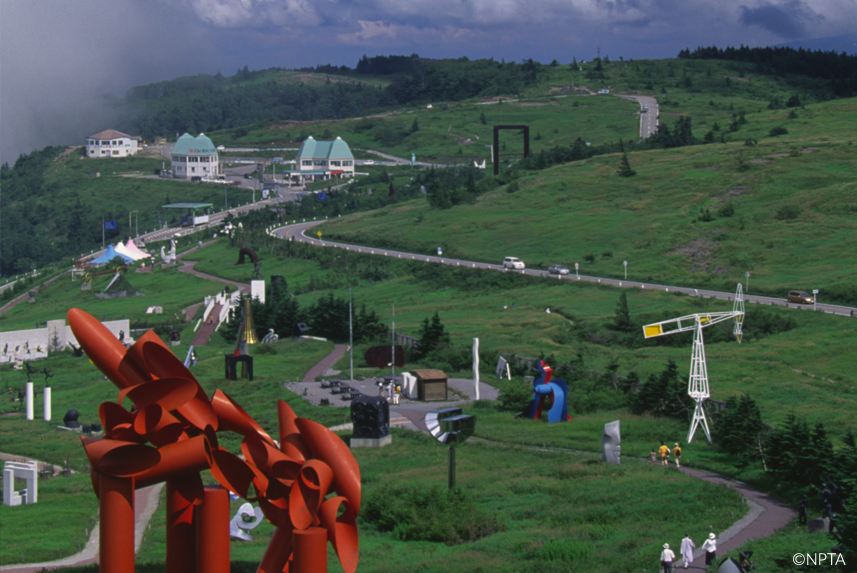
Option 2: Stroll around the Utsukushigahara Open Air Museum. From here you can begin a short refreshing walk or a long adventure. On a clear day the 360-degree view is breathtaking and it's a great place to stop for a few pictures. One can see Mt. Fuji and Kitadake to the south, Hotaka and Yarigatake to the west, and Mt. Asama to the east. A short way down the road is Utsukushigahara Open Air Museum, where you can find a fascinating collection of modern sculptures.
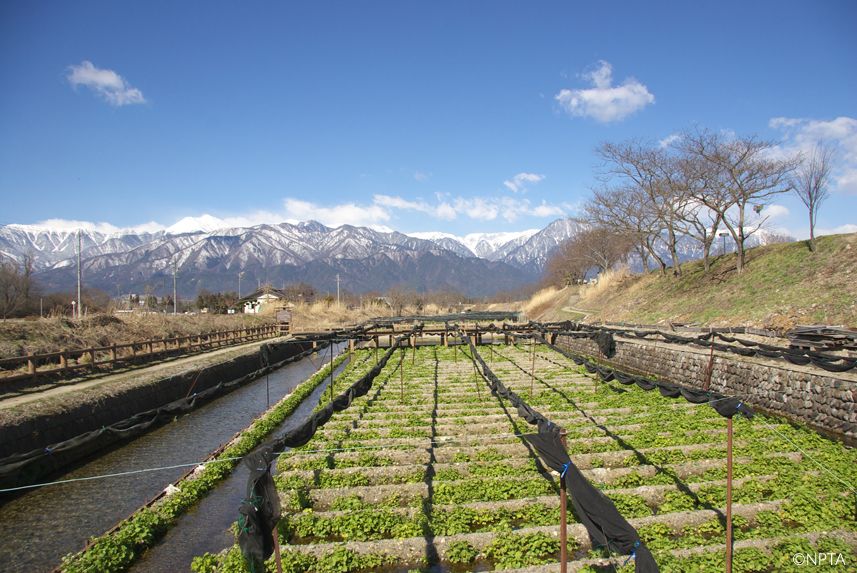
Option 3: Visit the Azumino Wasabi Fields, which line the roads in the peaceful outskirts of the town of Hotaka and are the largest such farm in Japan. First planted in 1915, the fields have enjoyed a long history that has even seen them featured in the 1990 film “Dreams,” directed by internationally acclaimed director Akira Kurosawa. The fields can be found 40-60 minutes away from Myojinkan by car.
For a full day's outing, you may combine two options from above.
Return to Myojinkan.
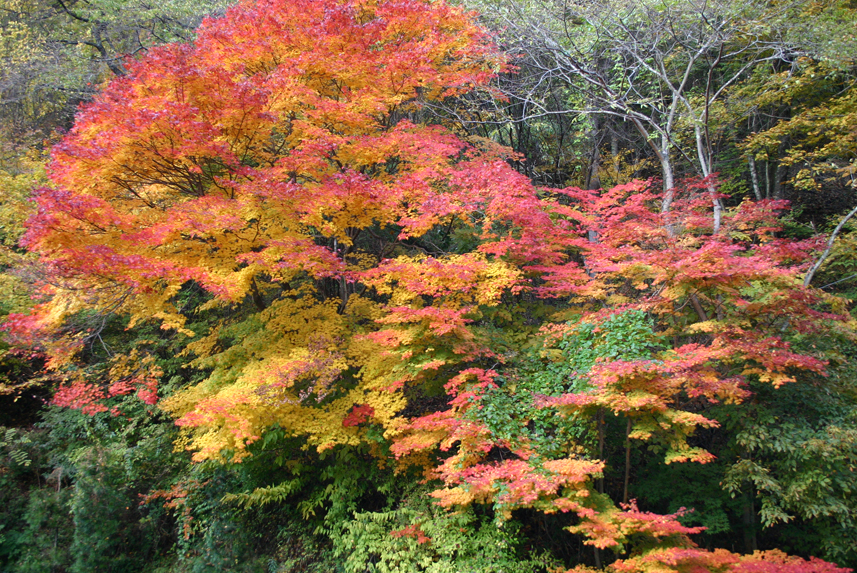

Option 1: Go nature trekking in Yashimagahara Marsh. This marsh, 1,630 meters above sea level, dates back some 12,000 years. With some 360 kinds of flowers and plants, it is considered one of the most beautiful highland marshes in the world. You can admire its natural beauty at any time of year.


Option 2: Stroll around the Utsukushigahara Open Air Museum. From here you can begin a short refreshing walk or a long adventure. On a clear day the 360-degree view is breathtaking and it's a great place to stop for a few pictures. One can see Mt. Fuji and Kitadake to the south, Hotaka and Yarigatake to the west, and Mt. Asama to the east. A short way down the road is Utsukushigahara Open Air Museum, where you can find a fascinating collection of modern sculptures.

Option 3: Visit the Azumino Wasabi Fields, which line the roads in the peaceful outskirts of the town of Hotaka and are the largest such farm in Japan. First planted in 1915, the fields have enjoyed a long history that has even seen them featured in the 1990 film “Dreams,” directed by internationally acclaimed director Akira Kurosawa. The fields can be found 40-60 minutes away from Myojinkan by car.
For a full day's outing, you may combine two options from above.
Return to Myojinkan.

- Day 4
- Return to Tokyo
After check-out from Myojinkan, you can have a Zen meditation experience at a local temple called Tokuunji.
Zen was born in India and brought to Japan via China at the end of the 12th century. It attracted samurai warriors, who were gaining power at that time and becoming the new controlling class of Japan. Zen's basic teaching, that one can achieve enlightenment through meditation and discipline, fitted well with the self-reliant samurai ethos, and Zen Buddhism was established in Japan with the help of the samurai class.
Zazen, or sitting meditation, is the core of Zen practice; it helps one to empty one's mind of illusion and attain enlightenment.
After lunch at a local restaurant, you will return to Tokyo by train from Matsumoto station.
Zen was born in India and brought to Japan via China at the end of the 12th century. It attracted samurai warriors, who were gaining power at that time and becoming the new controlling class of Japan. Zen's basic teaching, that one can achieve enlightenment through meditation and discipline, fitted well with the self-reliant samurai ethos, and Zen Buddhism was established in Japan with the help of the samurai class.
Zazen, or sitting meditation, is the core of Zen practice; it helps one to empty one's mind of illusion and attain enlightenment.
After lunch at a local restaurant, you will return to Tokyo by train from Matsumoto station.



